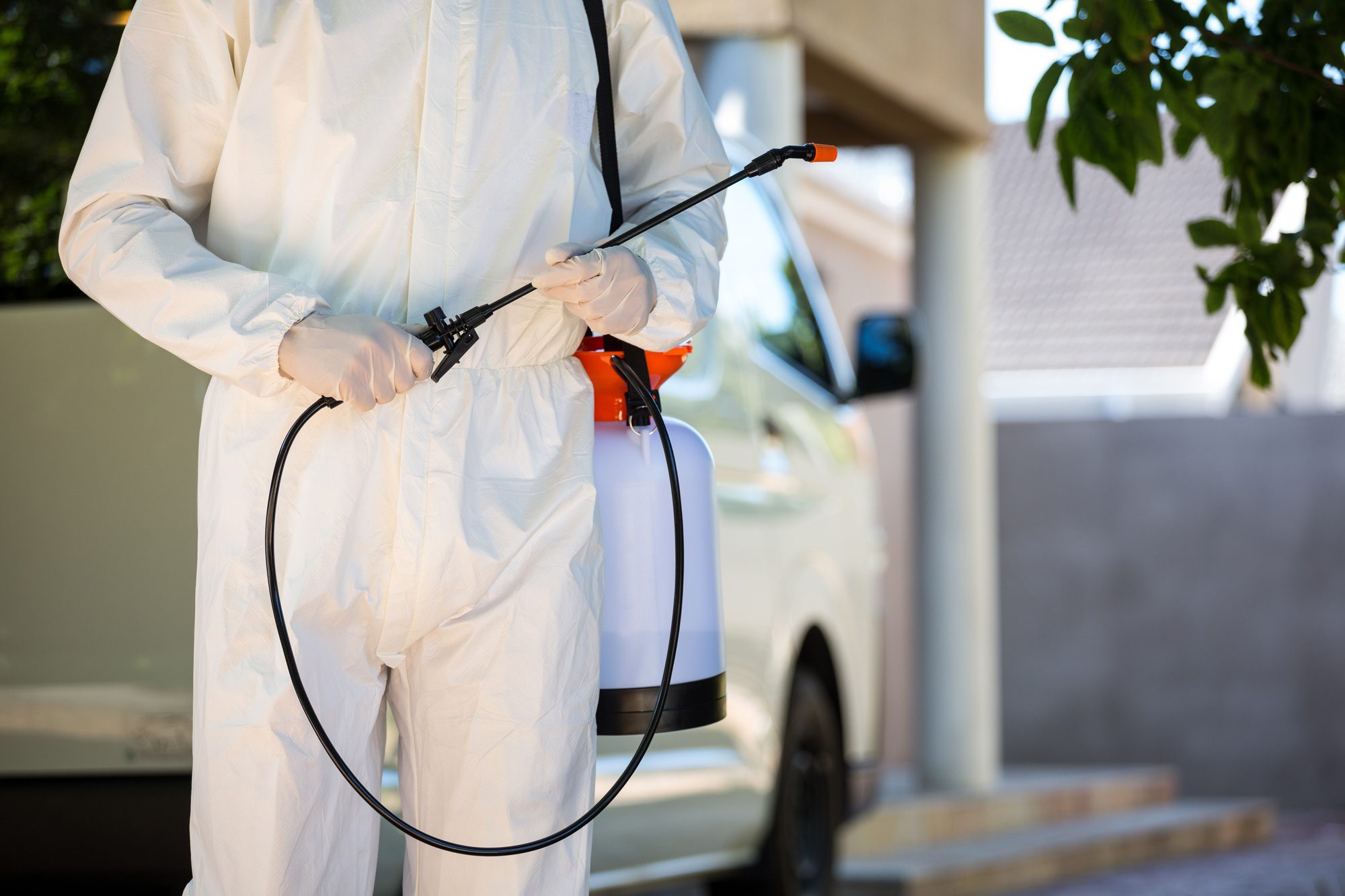Safe Pest Control for Greenhouse and Hydroponic Systems
Pest control is a crucial aspect of maintaining a healthy and thriving greenhouse or hydroponic system. These controlled environments provide the perfect conditions for plant growth, but unfortunately also attract pests that can harm or even destroy the crops. However, traditional pest control methods often involve harsh chemicals that not only harm the environment but can also have detrimental effects on human health if consumed through contaminated produce.
Thankfully, there are safe pest control solutions available that are effective in controlling pests without harming the environment or endangering human health. These methods involve using natural and organic products that effectively deter pests while keeping your greenhouse or hydroponic system free from harmful toxins.
One of the most popular and effective natural pest control methods is using beneficial insects. These include ladybugs, lacewings, and predatory mites, which naturally prey on common greenhouse pests such as aphids, thrips, and spider mites. Introducing these beneficial insects into your system can create a balanced ecosystem where they keep harmful insects under control while leaving your plants unharmed.
Another safe method for controlling pests in greenhouses is using sticky traps. These traps use non-toxic adhesive to capture flying insects like whiteflies and fungus gnats before they can lay eggs https://twitter.com/safepestcontrol on your plants. They are easy to set up and require little maintenance compared to other pest management techniques.
For hydroponic systems specifically, another solution is adding predator nematodes to your nutrient solution. Nematodes are microscopic worms that feed on insect larvae present in the water supply of hydroponic systems. They work by parasitizing host organisms until their digestion ruptures within a few days resulting in their death; making them an efficient biological agent against many types of unwanted garden bugs.
Cultural practices should not be overlooked when it comes to safe pest management for greenhouses and hydroponics too! Keep all entry points sealed with screens; ensure cleanliness by properly removing excess debris (especially before crops are planted); and remove dead plants or dying leaves that may naturally breed certain pests. These measures will help to minimize potential pest infestations, keeping your system healthier for longer.
In addition to these methods, natural and organic pesticides derived from plant-based ingredients such as neem oil, garlic oil, and peppermint oil can also provide effective pest control. These alternatives are safe for both human consumption and the environment. However, it is crucial to use them in moderation as even natural pesticides can harm pollinators when overused.
As with any pest management solution, it’s important to monitor your greenhouse or hydroponic system regularly. Catching pest infestations early on can save time, money, and prevent potentially catastrophic damage to your crops.
In conclusion, safe pest control is the key to maintaining a healthy greenhouse or hydroponic system without compromising on environmental sustainability or food safety. Whether you choose beneficial insects, sticky traps or natural pesticides; incorporating these methods into an integrated pest management plan will keep your plants thriving while reducing harm caused by traditional chemical solutions. By prioritizing safe and organic options for managing pests in greenhouse and hydroponic systems; we can not only protect our plants but also our planet.

